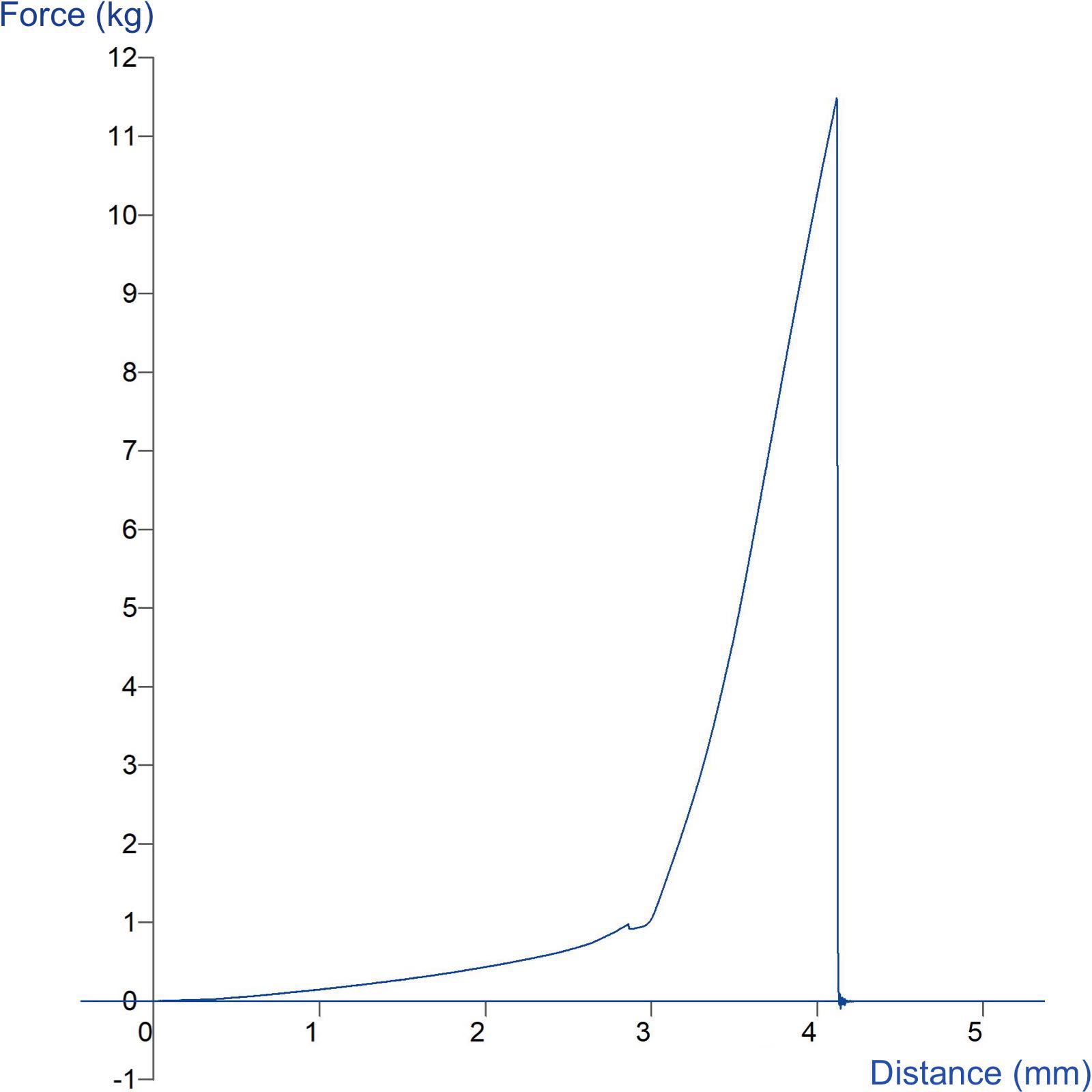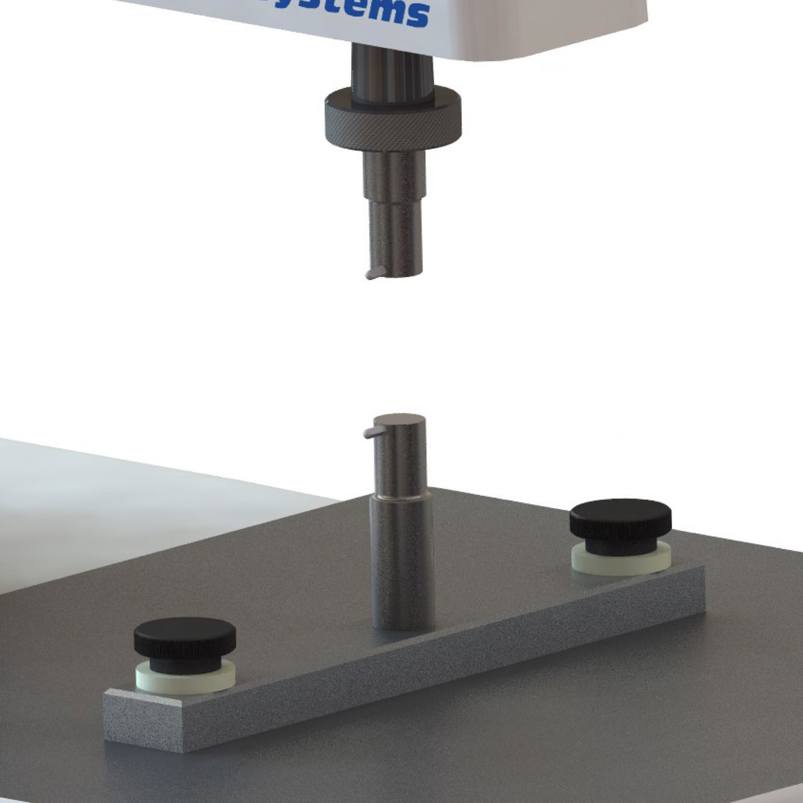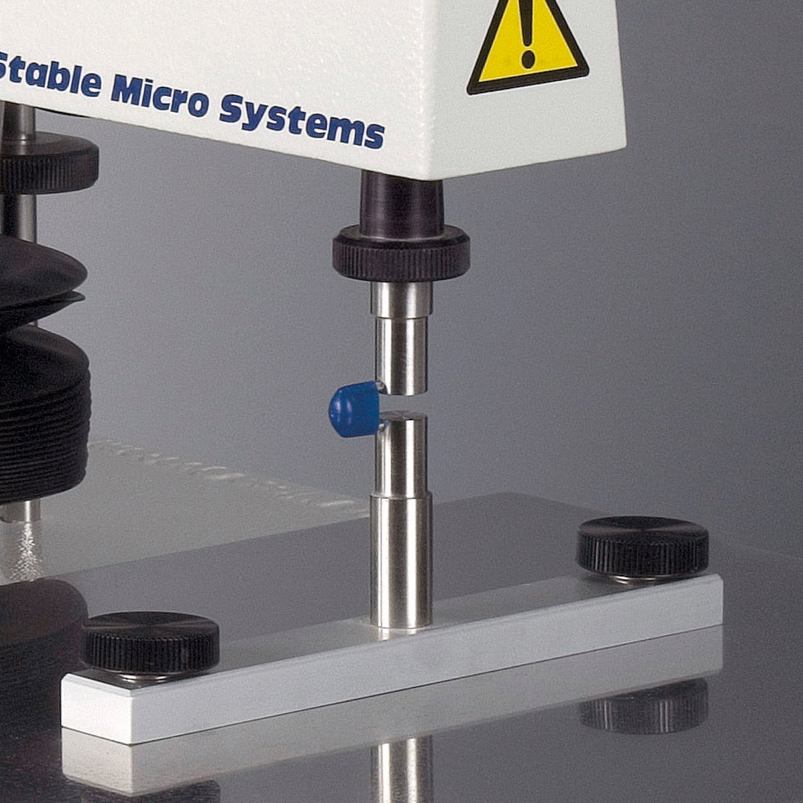Product overview
The simplified manufacturing process of hard gelatine capsules and their ability to withstand higher filling temperatures is attractive to many manufacturers. However, the introduction of certain types of liquid, such as hydrophilic solvents, to hard capsules can often affect the mechanical properties of the shell, causing them to become brittle or soften. If the texture of a capsule is compromised, it may not be able to withstand handling and storage, resulting in fillings leaking from the capsule. The brittleness, hardness and flexibility of hard gel capsules impacts their ability to be filled and to withstand variable storage conditions. Compressive tests on hard gel capsules do not always adequately distinguish between formulations that are known to experience brittle-related failures and those formulations that perform acceptably. In particular, the early modulus and yield strength of compression tests on hard gel capsules often articulate only slight differences between the extremely different expected behaviours.
Tensile testing machines have been widely used to study the mechanical properties of polymers. However, these studies have focused on gelatine films or ribbons rather than the intact capsule shells. This rig measures the force required to split one half of a hard gel capsule. It is a useful tool for formulation screening prior to the initiation of long-term stability studies as it allows manufacturers to investigate the effects of certain fillings on the capsule shell and identify changes that may impact their stability and long-term performance. For example, manufacturers can identify the effect of liquid filling on the strength and stability of capsules and therefore reformulate liquid type or capsule material accordingly.
Prior to testing, the filling of the capsule is removed and the empty shell is mounted to a separating rod attachment on the Texture Analyser. Vertical movement of the upper rod is then applied until the capsule is split apart, while the force required to do so is recorded. This test highlights three important parameters; elastic stiffness, tensile force and elongation at break point. A reduction in elastic stiffness and tensile strength occurs when capsules become softer and therefore show a tendency to fail.
How does the Capsule/Loop Tensile Rig work?
Typical graph

Technical information
Ideal sample form
Solid materials possessing a hollow into which rods can be situated in order to pull apart the material being held by the rods. A loop of material may also be mounted for testing.
Installation, Chemical compatability, Cleaning and maintenance
Installation
Full installation instructions are provided within the Education Zone of the latest Exponent/Connect software version and on the technical information sheet accompanying this product.
Chemical compatibility
Stable Micro Systems probes and attachments are commonly made from four materials: anodised aluminium (AA6082 T6), stainless steel (316 T), Delrin (acetyl copolymer) and Perspex (polycarbonate).
In general use, probes and attachments made from these materials will be suitable for testing food products and inert non-food materials.
The four materials listed above are not universally resistant to all types of chemicals and as such the compatibility of the probe/attachment material with the product (to be tested) must be established to prevent damage to the probes and attachments. If the compatibility of the product with the probe is unknown to the customer then the chemical information about the product (Material Safety Data Sheet or Product Data Sheet) should be submitted to Stable Micro Systems. Stable Micro Systems will then assess the suitability of the probe/attachment material for use with the product and advise accordingly. If this advice is not sought then Stable Micro Systems will not accept liability for probes/attachments damaged by chemical attack from the product being tested.
Cleaning and maintenance
All probes and attachments may be cleaned in warm (or hand hot) water using a mild detergent. A soft brush may be used but abrasive cleaning aids should be avoided. Stable Micro Systems products should not be microwaved or cleaned in a dishwasher.
Screw threads should be lightly lubricated after drying using a light lubricant, e.g. petroleum jelly, mineral oil. This will aid the fitting and unscrewing of the item. Each component of a probe or attachment should be wrapped separately when stored, to avoid scratching or chipping. This will safeguard against any unnecessary damage to the accessory.


